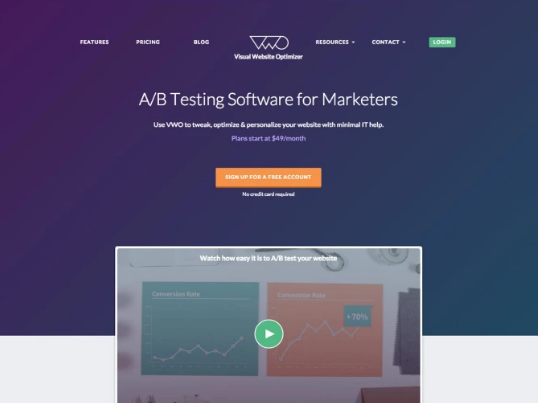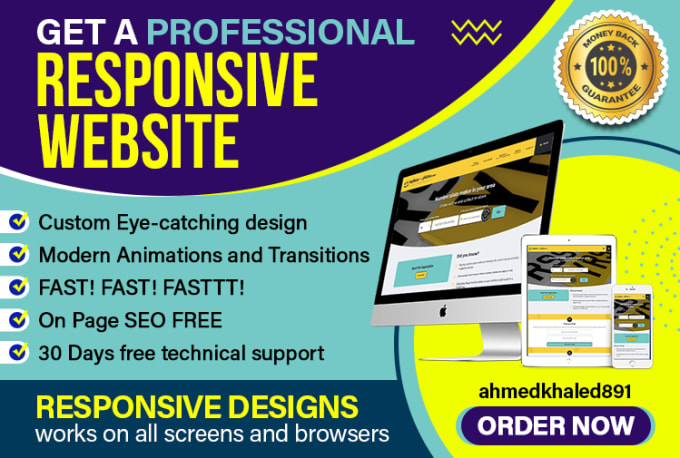
Responsive web designs
Within the early days of Responsive web styles, webpages had been constructed to focus on a particular display screen size. If the consumer experienced a bigger or more compact monitor than the designer predicted results ranged from undesirable scrollbars to extremely long line lengths, and inadequate usage of space. As far more numerous screen sizes became available, the notion of responsive Website design (RWD) appeared, a list of practices that enables Websites to change their format and visual appearance to suit distinct display widths, resolutions, and many others. It is actually an idea that modified the best way we style and design for just a multi-device web, and in this article, we are going to help you realize the key methods you have to know to grasp it.
For nice Responsive Web design Simply click here : https://cutt.ly/sri0c06
Historic website layouts

At just one position in background you experienced two alternatives when creating a web site:
- You may make a liquid internet site, which might stretch to fill the browser window
- or maybe a set width web page, which would be a set sizing in pixels.
Both of these approaches tended to bring about a web site that seemed its very best to the screen of the person planning the internet site!
The liquid website resulted in build website the squashed design on smaller sized screens
Versatile format in advance of responsive design

Quite a few techniques ended up made to test to resolve the downsides with the liquid or set-width methods of developing Sites.
In 2004 Cameron Adams wrote a submit entitled Resolution dependent format, describing a way of creating a style which could adapt to unique display screen resolutions.
This method expected JavaScript to detect the display screen resolution and load the proper CSS.
Responsive style and design
The expression responsive design and style was coined by Ethan Marcotte in 2010 and described the usage of 3 approaches together.
- The primary was the concept of fluid grids, anything which was by now getting explored by Gillenwater
- and will be read through up on in Marcotte's post, Fluid Grids (posted in 2009 on A List Apart).
- The second procedure was the idea of fluid illustrations or photos. Using a very simple procedure of setting theÂ
max-width house toÂone hundred%, images would scale down more compact if their containing column turned narrower compared to impression's intrinsic sizing, but never ever mature bigger. - This allows a picture to scale all the way down to fit in a flexibly-sized column, rather then overflow it
- although not expand bigger and turn out to be pixellated In case the column becomes wider compared to picture.
- The third important part was the media query. Media Queries help the sort of format switch that Cameron Adams experienced Earlier explored working with JavaScript, employing only CSS. In lieu of obtaining one particular layout for all monitor measurements, the layout could be modified. Sidebars could be repositioned to the smaller sized display screen, or alternate navigation may be displayed.